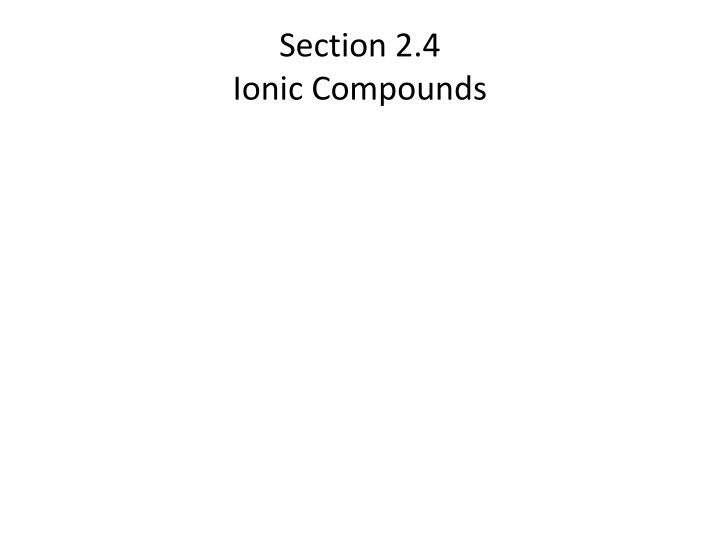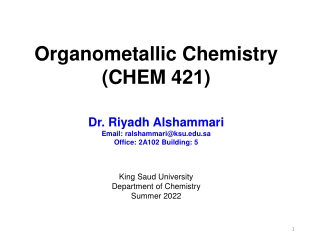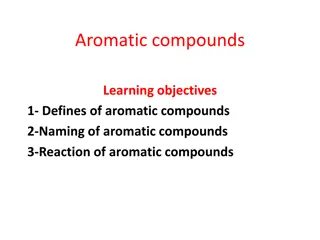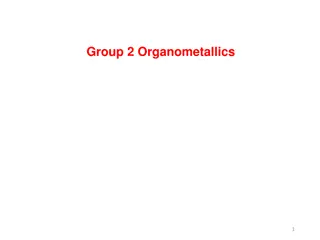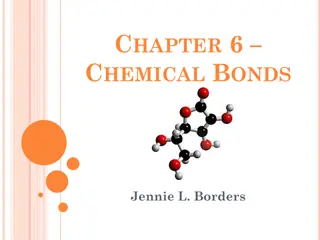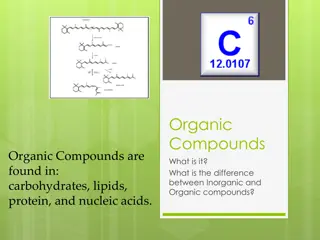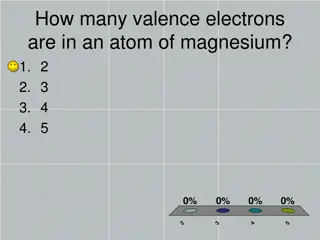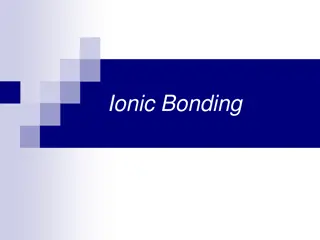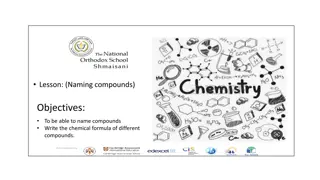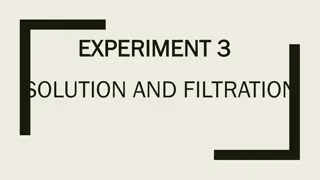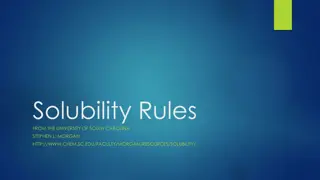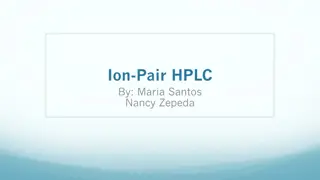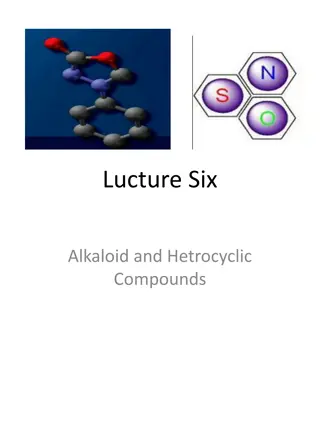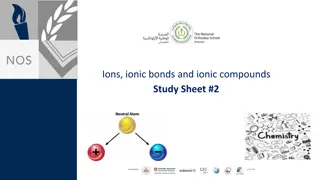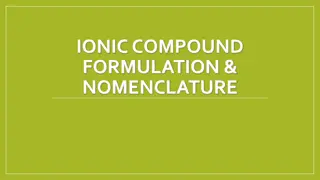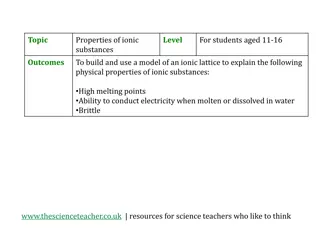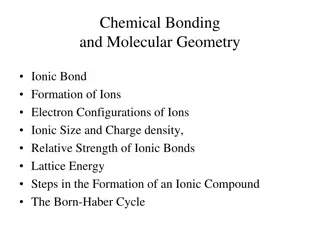Ionic Compounds
Delve into the realm of ionic compounds as we explore the formation of ions, naming conventions for monatomic and polyatomic ions, and the rules for writing formulas of ionic compounds. Gain insight into cations, anions, transition metal cations, and polyatomic ions to enhance your understanding of this fundamental aspect of chemistry. Discover how charges balance in ionic compounds and the unique structure they exhibit.
Download Presentation

Please find below an Image/Link to download the presentation.
The content on the website is provided AS IS for your information and personal use only. It may not be sold, licensed, or shared on other websites without obtaining consent from the author.If you encounter any issues during the download, it is possible that the publisher has removed the file from their server.
You are allowed to download the files provided on this website for personal or commercial use, subject to the condition that they are used lawfully. All files are the property of their respective owners.
The content on the website is provided AS IS for your information and personal use only. It may not be sold, licensed, or shared on other websites without obtaining consent from the author.
E N D
Presentation Transcript
Section 2.4 Ionic Compounds
Ionic Compounds In this section a.Monatomic and Polyatomic ions b.Ionic compound formulas c.Naming ionic compounds d.Covalent vs. Ionic compounds
Formation of Ions Cations: Positive ions form by loss of electrons.
Formation of Ions Anions: Negative ions form by gain of electrons.
Names of Monatomic Ions monatomic cations: element name + ion monatomic anions: element name with ide suffix + ion
Naming Transition Metal Cations The name of a transition metal cation is the element name followed by the cation charge in Roman numerals within parentheses and the word ion. Cr2+ Co3+
Polyatomic Ions Groups of bonded atoms with a charge Ammonium ion: NH4+ Carbonate ion: CO32-
Formulas of Ionic Compounds Rule: Total charge on cations = Total charge on anions So, ions combine in numbers so charges cancel. Mg2+ and Cl- Mg2+ and N3- Na+ and O2- Mg2+ and O2-
Formulas of Ionic Compounds Rule: Total charge on cations = Total charge on anions When multiple polyatomic ions are present, they are in parentheses. Mg2+ and PO43- Parentheses are not used with a single polyatomic ion: Mg2+ and SO42-
Formulas of Ionic Compounds Ionic compounds are extended structures: No molecules, so no molecular formula.
Naming Ionic Compounds Ionic compound name = cation name + anion name The word ion is dropped from the ion names. The name does NOT reflect the number of ions. NaCl Na2SO4 MgCl2 (NH4)3PO4
Naming Ionic Compounds Transition metals with variable charges? The name of a transition metal cation is the element name followed by the cation charge in Roman numerals within parentheses and the word ion. CrCl2 CoPO4
Identifying Covalent vs. Ionic Compounds Ionic Compounds: Metals + nonmetals Metals + polyatomic anions Two polyatomic ions Covalent Compounds: Two nonmetals, but no polyatomic ions
